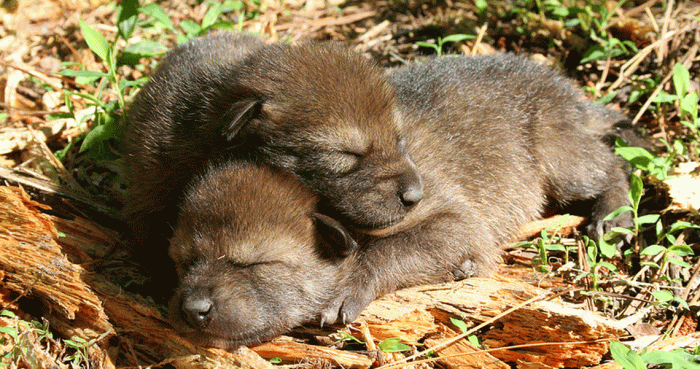Home to an extraordinary variety of wildlife, the South’s climate and geography has harbored high levels of plants and wildlife for millions of years. But human threats, including climate change, are increasingly jeopardizing Southern species and putting critical habitat for these species at risk.
This year marks the 50th anniversary of the Endangered Species Act, one of the most comprehensive wildlife laws in existence, for decades, the Endangered Species Act served as a valuable tool in preserving the species that make our region so unique.

“This is a critical time for our region and essential conservation efforts, like those empowered by the Endangered Species Act, are an important part of curbing the worst impacts of our current mass extinction event and conserving Southern habitat,” said Ramona McGee, leader of SELC’s Wildlife Program. “While we celebrate the Act’s accomplishments, it’s important that we recognize there is still work to be done protecting imperiled Southern species.”
With so much at stake, SELC’s Wildlife Program plays a crucial role in advocating for needed protections for endangered and threatened Southern wildlife.
Red wolves
Earlier this year, SELC secured a historic settlement that will further the conservation of endangered red wolves in the wild. The agreement recommits the U.S. Fish and Wildlife Service to the conservation and recovery of the world’s only wild red wolf population, which in recent years dropped to as low as seven known wild wolves after the agency abandoned its previous, successful conservation efforts.
This settlement agreement, a result of a 2020 lawsuit filed by SELC and partners, lays out a road map for the survival of the North Carolina wild population of red wolves, emphasizing regular release plans and coyote management strategy discussions. This settlement creates a path for red wolf restoration well into the future.

Sea turtles
All five of the Southern coast’s sea turtle species are protected under the Endangered Species Act. During the spring and summer, sea turtles like greens and loggerheads, flock to South Atlantic waters and beaches to breed, forage, and nest. Hopper dredging operations vacuum up sand to maintain navigation channels and can maim or kill sea turtles swimming through the channel in the process.
SELC stepped in to ensure this practice doesn’t occur during critical nesting seasons and successfully sued the U.S. Army Corps of Engineers in North Carolina and Georgia, preventing the agency from removing long-standing protections that limit hopper dredging to the winter months to protect vulnerable wildlife.
Red knots

Threatened Rufa red knots come to South Carolina’s beaches each year to feast on billions of horseshoe crab eggs to survive their long migration north. Companies harvest spawning horseshoe crabs to bleed them for the biomedical industry just when red knots arrive to feed on their eggs. This disrupts a delicate balance between the two species and puts the survival of this migratory shorebird in jeopardy.
After SELC stepped in, the U.S. Fish and Wildlife Service agreed to prohibit horseshoe crab harvesting at the Cape Romain National Wildlife Refuge. SELC has now intervened in the South Carolina Attorney General’s challenge to this closure and is seeking to have that case dismissed. SELC also worked to secure a settlement that provides five years of enhanced protections for spawning horseshoe crabs and migrating red knots. That agreement prohibits harvesting on beaches of more than 30 islands across the state.
Northern long-eared bats

Pipelines, harmful forest management practices, and other habitat-destroying activities threaten the survival of Northern long-eared bats in the South. The species was recently reclassified from threatened to the more serious and protective status of endangered, in response to science showing population numbers have plummeted in recent years with the spread of a deadly disease called white-nose syndrome and habitat loss.
SELC is currently working to protect Northern long-eared bat populations in North Carolina’s Nantahala and Pisgah National Forests, and on coastal South Carolina’s Cainhoy peninsula. Southern coastal populations of Northern long-eared bats don’t face the same white nose syndrome threats as cave dwelling populations and play a critical role in species recovery.
Special wildlife challenge grant announcement
The Barbara J. Mapp Foundation has issued a $20,000 special challenge grant, doubling the impact for anyone who makes a gift to support our wildlife work. Please consider supporting SELC’s critical conservation efforts today.
